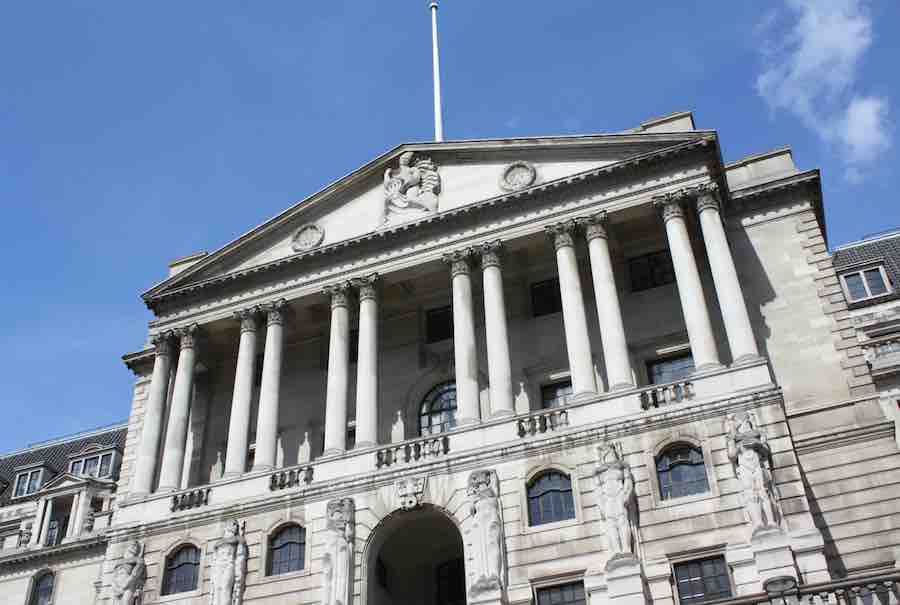05
July 2016
Bank of England Relaxes Lending Rules to Cope With Brexit Fallout
The Bank of England had released its latest financial stability report (FSR), detailing measures designed to improve and maintain the resilience of the financial system in the wake of the Brexit vote.
The Bank’s report said: “The current outlook for UK financial stability is challenging.
“There will be a period of uncertainty following the result of the referendum. It will take some time for the United Kingdom to establish new relationships with the European Union and the rest of the world. Some market and economic volatility is to be expected as this process unfold.”
In a speech immediately following the announcement of the results of the vote, the Bank’s governor, Mark Carney, assured the British public that “the Bank of England has put in place extensive contingency plans” in order to prepare for what the Financial Policy Committee (FPC) had previously described as “the most significant near-term domestic risks to financial stability”; risks that Carney warned are now starting to "crystallise".
We are now beginning to see some of the Bank's plans in more detail, as the Bank works to strengthen its position against economic upset, including weakened sterling and poor share performance in several sectors. The FTSE 250 has still failed to fully recover after the vote, having dropped again after regaining some lost ground at the end of last week.
Some of the biggest losses were in the house building and development sector and in banking.
The FSR explains: “Between 23 June and 1 July, the sterling exchange rate index fell by 9% and short-term volatility of sterling against the dollar rose to its highest level in the post-Bretton Woods era. Equity prices of UK banks have fallen on average by 20%, with UK-focused banks experiencing the largest falls. Equity prices of domestically focused companies have fallen by 10%.”
In opening remarks preceding the release of the report, Carney explained that the Bank is currently working on a four step plan, starting with identifying the specific risks to the economy, and going on to implement contingency measures to assure stability, and taking further action to “support jobs and growth during a period of heightened uncertainty.”
This further action involves easing capital requirements on banks by reducing what is known as the ‘countercyclical capital buffer’ (CCyB) from 0.5% to 0%, effective immediately and staying in effect until next June at least.
Previously, banks would have been required to hold a certain amount of capital (£5.7 billion before the changes came into effect) in ‘countercyclical buffers’ in preparation for periods of financial stress.
Carney described this as “a major change” that means that “three quarters of UK banks, accounting for 90% of the stock ion UK lending, will immediately have greater flexibility to provide credit to UK households and firms.”
Specifically, Carney said, this “raises banks’ capacity to lend to UK business and households by up to £150 billion.”
As well relaxing these capital buffer requirements, Carney previously said that the Bank “stands ready to provide more than £250bn of additional funds through its normal facilities”. He also said that he is able and prepared to provide “substantial liquidity in foreign currency, if required”.
All in all, Carney, the Bank and its Financial Policy Committee have been doing their best to assure that they are prepared for any economic upset in the coming months and years as Britain prepares for life post-EU, whatever form that may take, whatever the result of exit negotiations.





